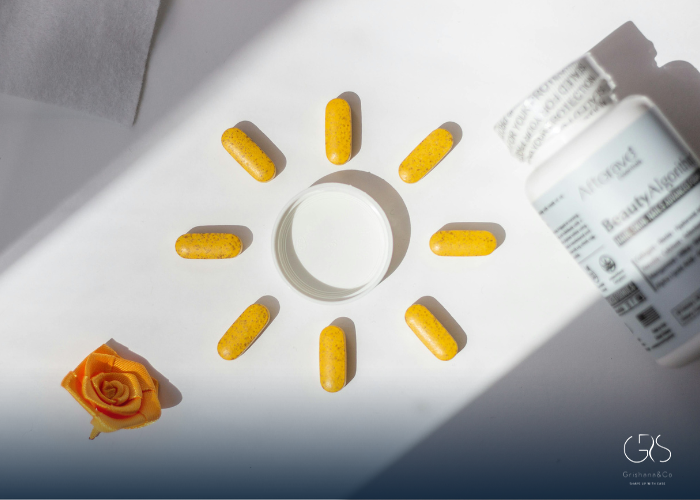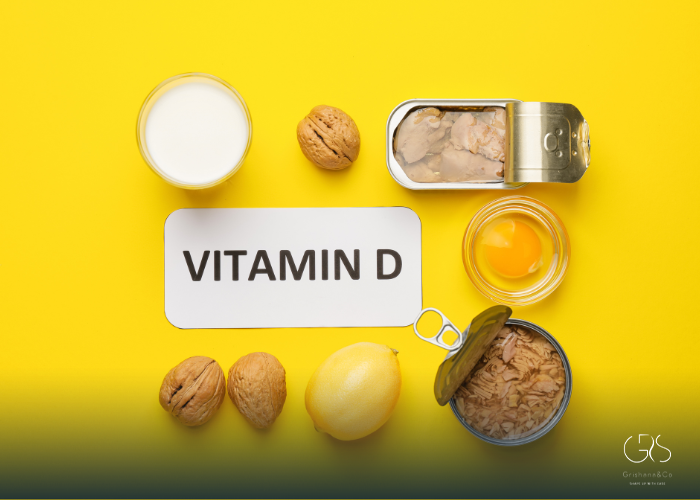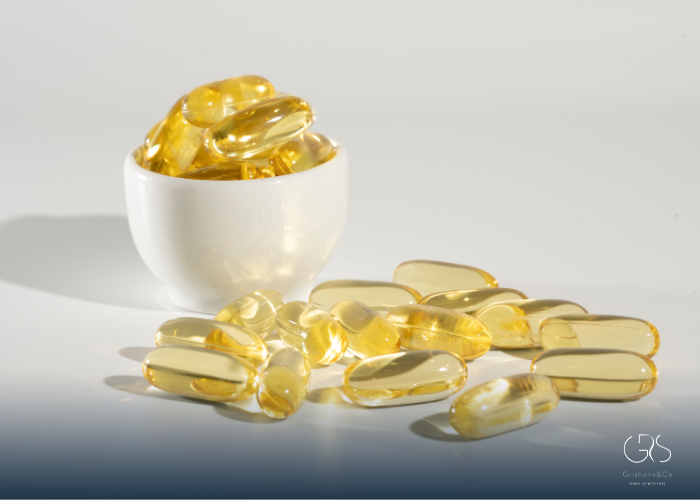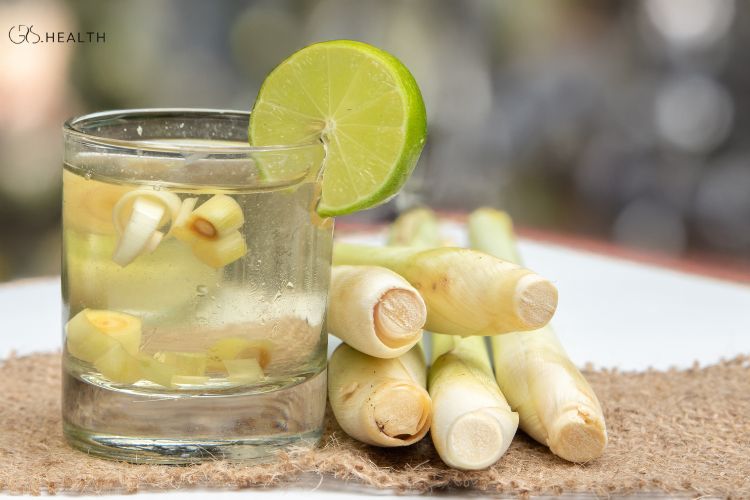With the summer season upon us, the question of whether to continue taking Vitamin D supplements becomes a topic of discussion. As the primary source of Vitamin D is sunlight, many people wonder if supplementation is still necessary during the sunnier months. Vitamin D is essential for various aspects of health, including bone strength, immune function, and mood regulation. To address this question, it is crucial to consider factors such as sun exposure habits, geographical location, skin type, and dietary intake.
How Much Sunshine Do You Need to Get Enough Vitamin D?
The amount of sun exposure needed to produce an adequate amount of Vitamin D varies depending on factors such as the time of day, skin pigmentation, and geographic location. On average, exposing your skin to direct sunlight for about 10-30 minutes a few times a week is typically enough to synthesize adequate levels of Vitamin D. However, those with darker skin tones may require more sun exposure to produce the same amount of Vitamin D as those with lighter skin.
(To learn more about Vitamin D benefits please refer to this article)
How Quickly Can the Sun Build Up Vitamin D?
The process of Vitamin D synthesis in the skin occurs relatively quickly. When UVB radiation from the sun hits the skin, it triggers a series of reactions that convert a cholesterol compound in the skin into Vitamin D. This process can start within minutes of sun exposure, and peak Vitamin D levels are typically reached within a few hours. However, it is important to note that excess sun exposure does not result in excess Vitamin D production, as the body has a regulatory mechanism that limits synthesis.
How Much Vitamin D Do You Actually Need?
The recommended daily intake of Vitamin D varies depending on age, gender, and individual health needs. According to the National Institutes of Health (NIH), the recommended daily allowance is 600 IU (International Units) for adults up to age 70 and 800 IU for adults over 70. It is essential to consult with a healthcare provider to determine the appropriate dosage based on factors such as existing health conditions, dietary intake, and sun exposure habits.
(For a comprehensive understanding of Low Vitamin D Symptoms, please refer to this article.)

What Are Other Good Sources of Vitamin D?
In addition to sunlight and supplements, there are several dietary sources of Vitamin D that can help maintain optimal levels. Fatty fish such as salmon, mackerel, and sardines are excellent sources of Vitamin D. Other foods such as fortified dairy products, eggs, and mushrooms also contain Vitamin D. Including these foods in your diet can complement sun exposure and supplementation to ensure adequate intake of Vitamin D.

Can You Take Too Much Vitamin D?
While Vitamin D is vital for health, it is also possible to consume too much of it, leading to potential toxicity. Excessive Vitamin D intake can result in symptoms such as nausea, vomiting, weakness, and even kidney damage in extreme cases. The recommended upper limit for Vitamin D intake is 4000 IU per day for most adults. It is crucial to avoid exceeding this limit to prevent adverse effects on health.
Conclusion
In conclusion, the decision of whether to continue taking Vitamin D supplements during the summer should be based on individual factors such as sun exposure habits, dietary intake, and health status. While sunlight is an excellent source of Vitamin D, supplementation may be necessary for those who have limited sun exposure or specific health conditions. By considering diverse perspectives and consulting with healthcare professionals, individuals can make informed decisions about their Vitamin D intake to support overall health and well-being.
Sources
- National Institutes of Health (NIH), Vitamin D
- National Library of Medicine, A Statistical Error in the Estimation of the Recommended Dietary Allowance for Vitamin D










